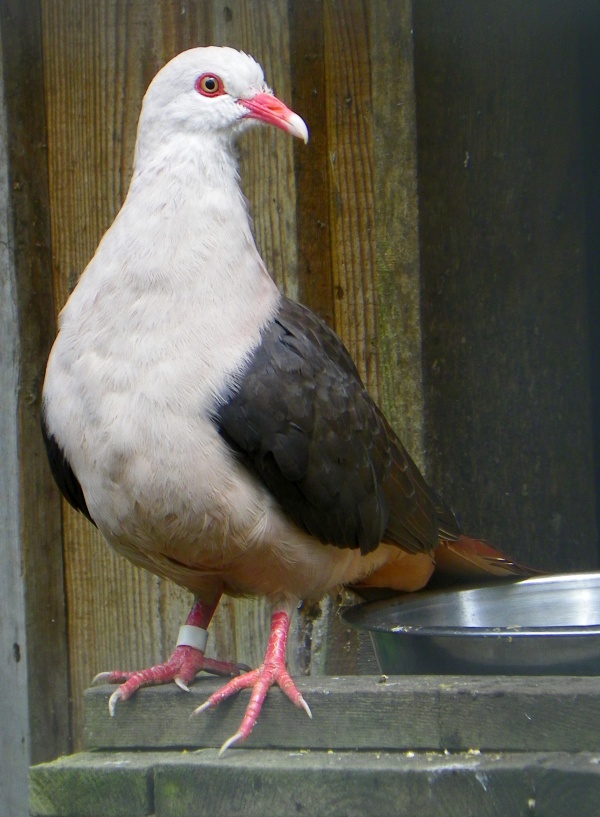Facts About Pink pigeon
The pink pigeon, a bird native to Mauritius, faced near extinction in the 1990s, with only ten individuals remaining in the wild. Thanks to the diligent efforts of organizations such as the Durrell Wildlife Conservation Trust, their population rebounded to around 400 by 2018. Consequently, their status on the IUCN Red List improved, shifting from Critically Endangered to Vulnerable by 2000.
There has been some debate regarding the genus classification of the pink pigeon. Some experts suggest it should belong to the genus Streptopelia due to its relation to the Malagasy turtle dove.
So, what does the pink pigeon look like? It features pale pinkish-grey plumage, pink feet, a dark pink beak, and a rust-colored tail. These birds are typically found in upland evergreen forests and coastal areas with native vegetation.
Their breeding season begins around August or September. Pink pigeons are monogamous, meaning they form long-term pair bonds, and the female typically lays two white eggs. Their diet is diverse, comprising buds, flowers, leaves, fruits, and seeds, with feeding often occurring on the ground.
However, pink pigeons face significant challenges, including habitat loss, predation by creatures such as the crab-eating macaque and rats, and diseases. Conservation strategies include captive breeding programs, genetic research, and supplemental feeding to support their survival. A major concern is inbreeding due to their limited population size.
Ultimately, ongoing conservation efforts are crucial to ensuring the survival of the pink pigeon and the preservation of its natural habitat.
